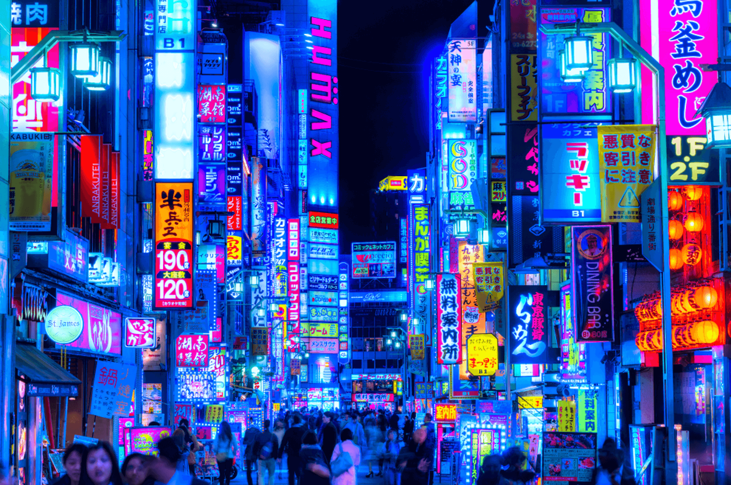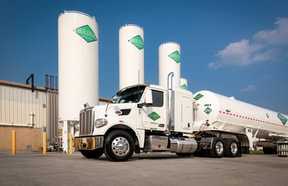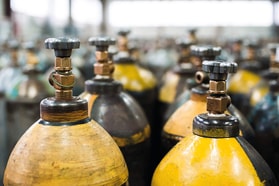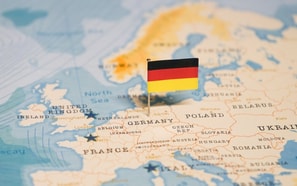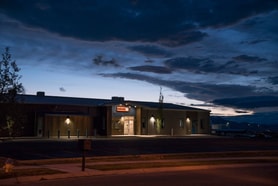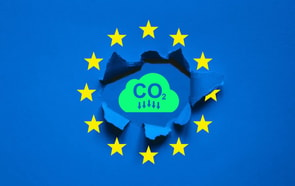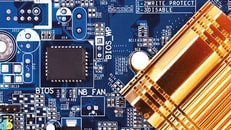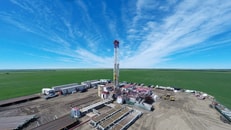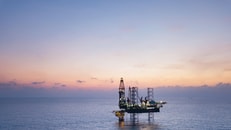Gas report: Neon
Shinjuku province, Tokyo. Shadows grow long as day begins its seamless transition to night. Dusk descends like a blanket upon the streets of Sleepless Town, one of the city’s busiest nightlife districts. Little by little, splashes of light perforate the fabric of darkness, spilling across bustling sidewalks and from narrow alleyways. Faces dappled with a kaleidoscope of colour squint through the haze at towering signs stretching vertically upwards alongside high-rise buildings.
Jostling for attention, the backlit signs form a multi-hued palette against the canvas of a dynamic cityscape. Perhaps surprisingly, the alluring radiance of Tokyo’s neon-soaked city streets is a spectacle that owes itself largely to the unabating curiosity of two British scientists.
A noble gas of humble origins, neon was discovered in 1898 by chemists William Ramsay and Morris Travers at University College London when they isolated it in an atomic spectrometer. Having discovered argon four years prior and being the first to isolate helium, Ramsay was able to deduce that there was a yet unknown element that sat between the two noble gases.
To isolate the gas, the scientists chilled a sample of air until it liquefied before warming it up and capturing the gases as they boiled off. The pair recognised the new element by its unique reddish glow when electrically stimulated.
... to continue reading you must be subscribed

